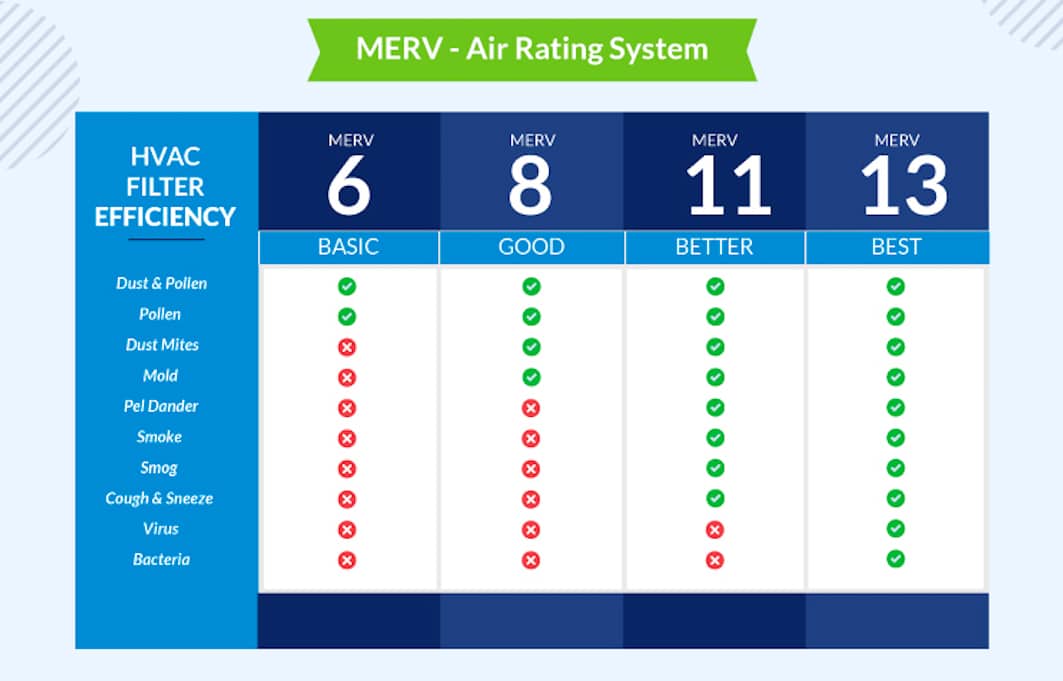Answered: In email marketing what is a relationship email?
In email marketing, what is a relationship email? A relationship email is a type of email you send to your subscribers to build and maintain a good relationship with them.
The main goal is not to sell something, but to connect with your audience on a more personal level.
Relationship Emails 101
Relationship emails allow you to have conversations with your subscribers. You share valuable content, tell stories, ask questions, and encourage responses.
This two-way communication helps build trust and rapport over time.
Some examples of relationship emails include:
- Newsletters with tips, advice, or behind-the-scenes looks at your business
- Emails that celebrate holidays, milestones, or company events
- Emails that ask for feedback, opinions or allow subscribers to interact
- Emails that simply check in, provide an update or share something interesting
The key is that relationship emails provide value to the subscriber beyond just promoting your products or services.
You are not directly selling, but strengthening the connection between your business and your audience.
Why Are Relationship Emails Important?
In email marketing, relationship emails are extremely important for several reasons:
1. They Keep Subscribers Engaged
If you only send promotional emails trying to get sales, subscribers can quickly feel bombarded. They may lose interest and tune out your messages. Relationship emails give your subscribers a “break” from the hard sell. The more value and engagement you provide, the more loyal they become.
2. They Build Trust
By sharing helpful information and interacting genuinely, you demonstrate that you care about your subscribers beyond just making money from them. This builds credibility and trust over time. Subscribers come to know, like and trust your business.]
3. They Increase Open and Click Rates
Since relationship emails are not overtly promotional, subscribers are more likely to open and read them out of interest. This allows you to stay top-of-mind. The more engaged subscribers are, the more likely they are to take action on your future promotional emails.
4. They Gather Valuable Feedback
Many relationship emails are designed to solicit feedback, opinions and comments from subscribers. This gives you insights into your audience’s needs, interests and pain points that you can then use to improve your offerings.
Examples of Great Relationship Emails
To give you a better idea, here are some effective examples of relationship emails:
1. Newsletter with Tips and Stories
Subject: 5 Gardening Tips for Summer + Our Staffs’ Favorite Veggie Recipes
This email from a gardening supplies company provides 5 timely tips for summer gardeners, followed by personal stories and recipe submissions from staff members.
It is valuable content that allows the company to share its expertise while giving a friendly, behind-the-scenes glimpse into the business.
2. Important Update Email
Subject: An Update On Our Commitment to Sustainability Practices
This email from an outdoor apparel brand provides an update on the company’s environmentally-friendly initiatives over the past year.
It aligns with the brand’s values, informs customers about their efforts, and strengthens the relationship by showing the company cares about bigger issues.
3. Poll or Survey Email
Subject: What’s Your Favorite Type of Workout?
This fitness studio sends out a poll email asking subscribers to vote on their favorite class type. It is engaging, allows two-way interaction, and gathers insights the studio can use for future programming.
In email marketing, what is a key goal of a relationship email? The core purpose is to foster a genuine connection with your audience through helpful, interactive and personable content.
While promotional emails focus on directly selling products or services, relationship emails provide value and engagement opportunities that build trust, rapport and loyalty over time.
Relationship Email Best Practices
To get the most out of relationship emails in your email marketing strategy, follow these best practices:
1. Set Clear Goals and Success Metrics
Determine upfront what you aim to achieve with each relationship email. This could be increasing open/click rates, getting feedback, boosting engagement/shares, etc. Identify the metrics you’ll track.
2. Provide Genuine Value
Don’t send fluff content just for the sake of sending something. Every relationship email should contain truly useful, interesting or entertaining information that your subscribers will appreciate.
3. Incorporate Interactive Elements
Ask questions, run polls, request content or photo submissions, or include click-to-share links. The more ways subscribers can engage and interact, the stronger your connection becomes.
4. Share Personal Stories/Behind-the-Scenes
Give subscribers a look inside your business or team. Share real stories, photos, videos or staff/customer spotlights to humanize your brand.
5. Adjust Email Frequency
In email marketing, your relationship email frequency should sync with your goals. Test different cadences and pay attention to engagement metrics to find the right rhythm for your audience.
6. Segment Your Audience
Tailor your relationship email content to specific segments based on interests, demographics, purchase behavior or interaction history. Segmentation increases relevance and engagement.
7. Follow Can-Spam and Permission Rules
Remember that even though they aren’t outright promotions, relationship emails must still follow laws around consent, opt-outs, identifiable sending info and more.
It’s a wrap
In email marketing, relationship emails play a crucial role in your overall email strategy.
While transactional and promotional emails are for directly selling products or services, relationship emails work behind the scenes to build lasting engagement, trust and loyalty with your audience.
Make them a regular part of your communications for long-term success.




